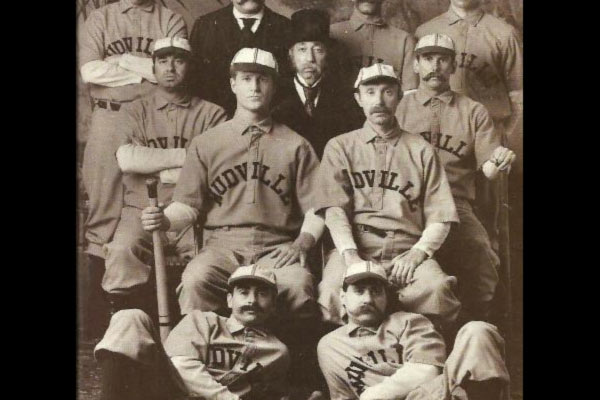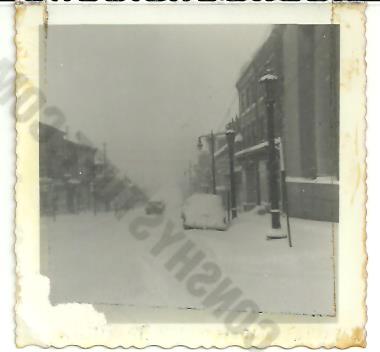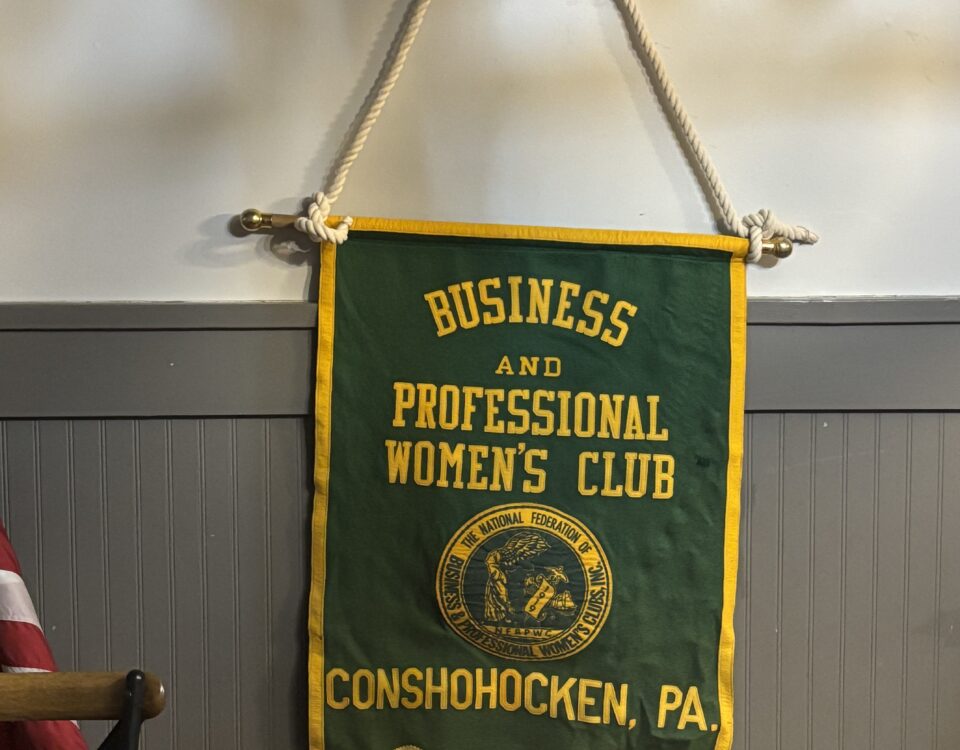
Mudville Nine
March 2, 2014
This & That 3/8/2014
March 8, 2014Storm Warning – The Mother Load

Storm Warning
THE MOTHER LOAD
Just Not This Year
By Jack Coll
The storm is coming, the storm is coming! We had TEAM coverage, we went on the air early, as early as 4:00 a.m. Six to twelve inches, a March snowstorm like no other, they pulled out the Doppler, and then the DOUBLE DOPPLER, we don’t just scan it, we double scan it, six to twelve inches. When the snow didn’t hit Conshohocken we simply sent members of our team to find snow, Jersey, Delaware, Allentown, yea, they got snow.
Well I know how bad everyone in Conshy was looking forward to the March storm and according to my Doppler, it ain’t Comin’.
But I will tell you about a March storm from 56 years ago, on March 19, 1958 the worst storm to hit this area since 1904 took the area by surprise. Perhaps it will make today’s weather forecasters feel better if I start off giving you the weather report for March 19, 1958.
“The United States Weather Bureau forecast for Philadelphia and vicinity read: (Editor’s Note: We didn’t get a forecast for Conshohocken back then, nor did we get a weather forecast for Montgomery County, we were simply “and vicinity” back then) “Mostly Cloudy and cool today, with some light rain in the morning. Tomorrow mostly fair and continued cool. High today 45, low tonight 32. Northeast winds 10 to 20 miles an hour today.”
That same morning there were a few snow flurries in the air. By nightfall a raging snow storm was blanketing the entire Delaware Valley with the most disastrous snowfall in history, according to a report by the Philadelphia Electric Company.
During the course of the storm Conshohocken Borough Hall, then located on West Hector Street lost power, as did the police station and firehouses. All telephones were out in the borough cutting off commination with the fire companies and police.
The snow was extremely wet and heavy, and stuck to everything it touched. Under the weight of the snow and the high winds that reached 70 miles per hour trees fell across roadways, telephone poles snapped like twigs and power lines littered the roads like clothes lines that had way to much weight on them. Philadelphia Electric reported that even the most modern steel towers crumpled under the awful force of the storm, these towers could never collapse, but they did. The storm was considered the worst storm since 1904 not because of the amount of snow that fell, (10-12 inches) but because of the damage the storm caused. More than 400,000 homes and businesses were without power, Hale Pumps sent their employees home before the start of the 8:00 am shift the next morning because of no power, Bentley Harris, Quaker Chemical and a handful of other businesses also were forced to close.
Many families were without power for more than two weeks, no heat, no water, no power, no cooking. Conshohocken and surrounding communities’ life line was the volunteer fire companies. Harmonville Fire Company logged 1692 volunteer man hours within the first week. Harmonville, Barren Hill, Conshohocken Fire Company No 2 all drove the streets of their community with the fire trucks sound system, calling out to residents who needed help. The local fire companies set their firehouses up as community shelters with portable generators keeping heat and electric in their buildings. Many residents took up the offer and ate and slept at the local firehouses until power could be restored. It was reported that all the fire companies logged dozens of deeds in the community working around the clock organizing protection and aiding victims of the blizzard of 58’.
Just eight days after the blizzard on March 27, more snow hit the area adding to the work-load of all the volunteers, no word on whether the second snow-fall was predicted.
In 1958 borough’s and townships weren’t equipped with high speed snow plows like we have today, and they certainly didn’t have as many. Townships like Upper Merion and Whitemarsh for the most part were still populated with farms. Boroughs like Conshohocken and Bridgeport were lucky to have a plow, these boroughs were sitting on hard times. The Electric Companies couldn’t restore power until all the downed trees were cleared, and there were a lot of them, in the thousands. The trees couldn’t be cleared until the plows came in and knocked down the drifts, a plow might clear the road right up to the fallen tree, another fallen tree might be 50 beyond that, but the plow had to wait for the first tree to be cleared. We didn’t have the tools back then we have today to clear trees from the roadway, we couldn’t clear the trees until the power lines laying across the tree had its power cut, and this is the way it was for each and every tree and each and every power line.
And all this brings us back to 2014, with all our weather scans, radar, satellite shots, Doppler, not to mention the 35 weather screens we are forced to look at in an effort to find out tomorrow’s temperature, I find it somewhat humorous that we didn’t get it right any more than they did 56 years ago in 1958.
However, to their credit, if they are going to get it wrong, better to call the storm and not get it, as opposed to calling for 45 degrees and mild, and then getting stranded.
That’s the way it was all those years ago, and spring is just around the corner.
This column is brought to you by Coll’s Custom Framing
Photos below are from the spring of 1958, looking down Fayette Street from Hector Street, and West Hector Street taken from the Washington Fire House.



